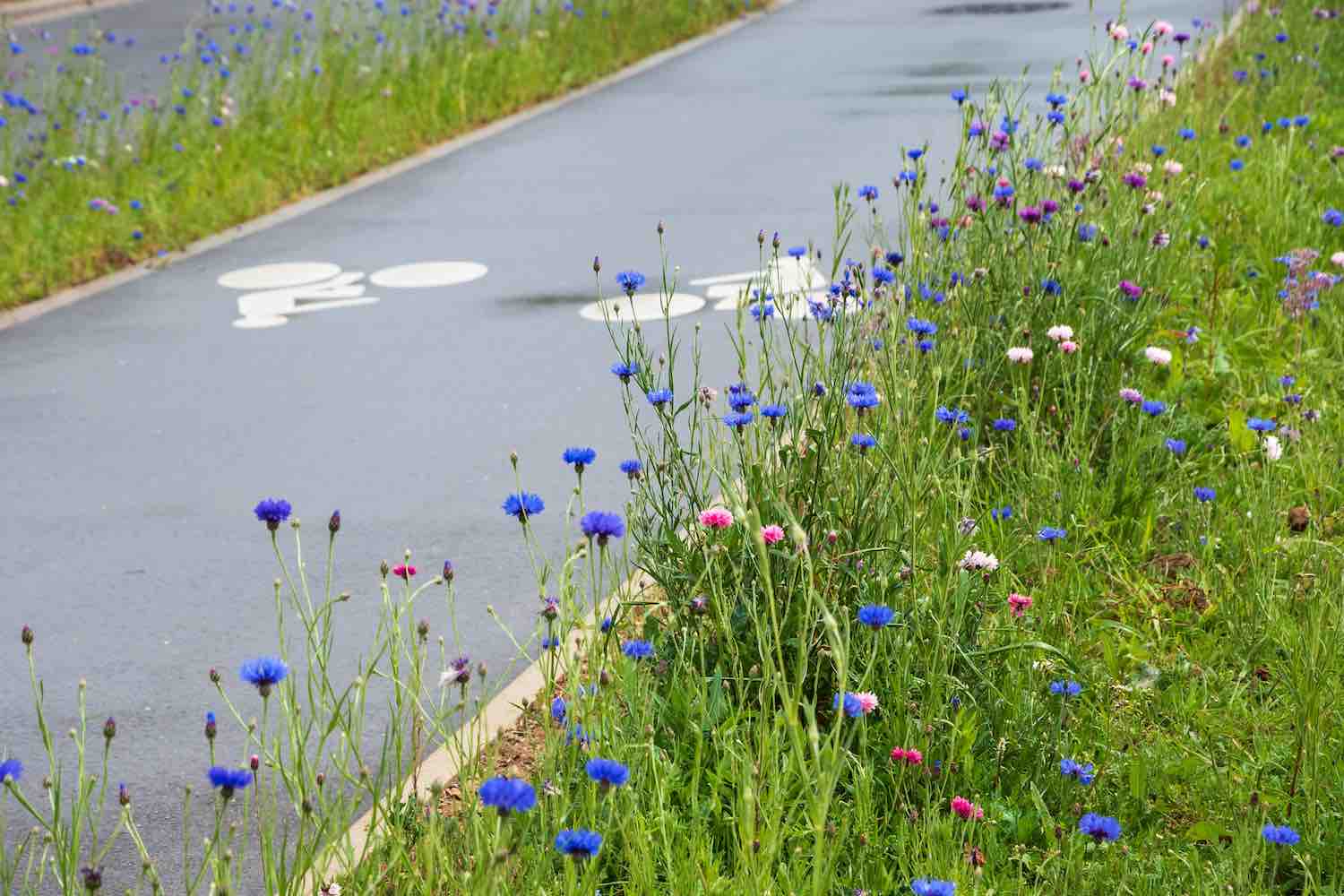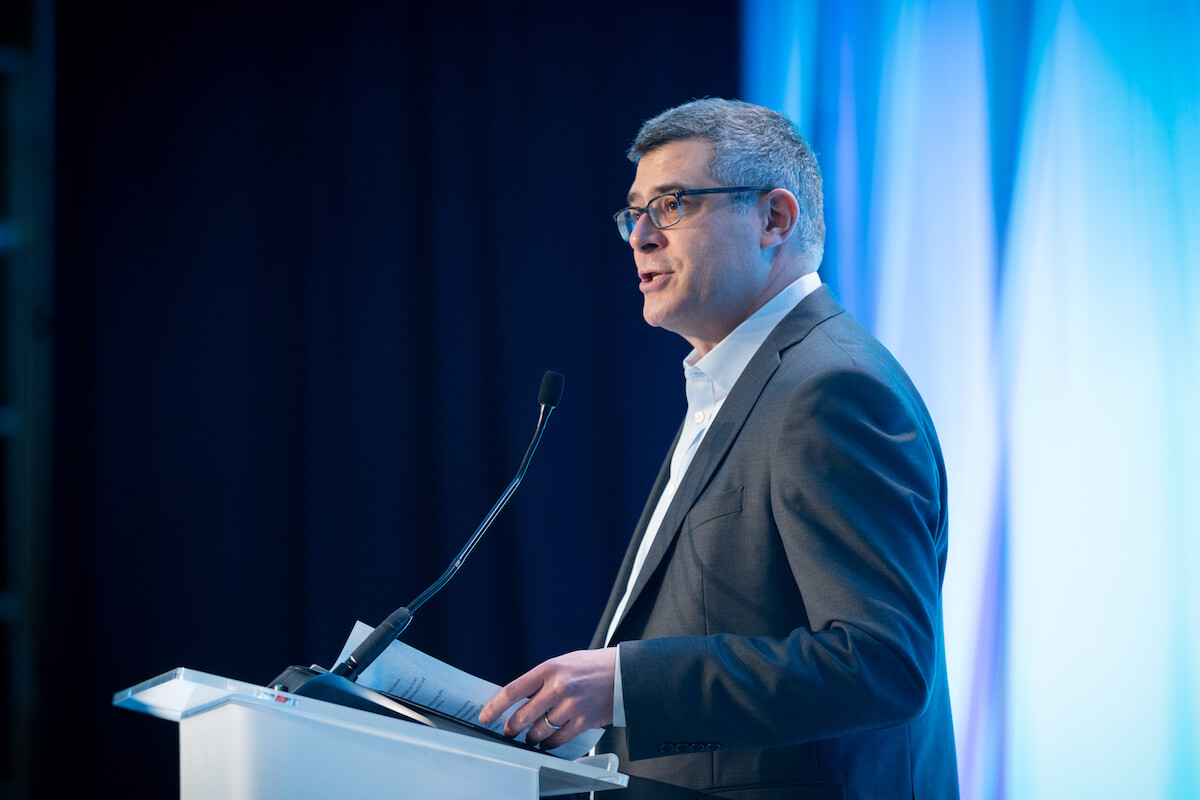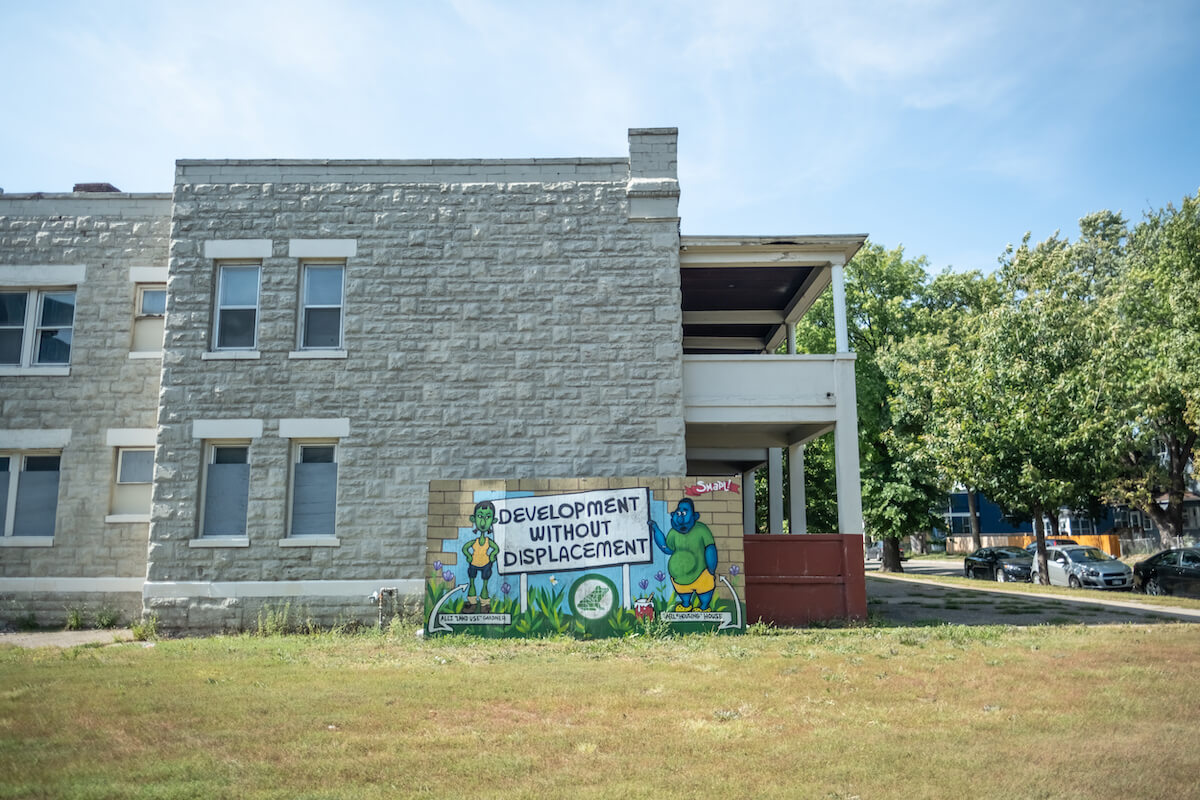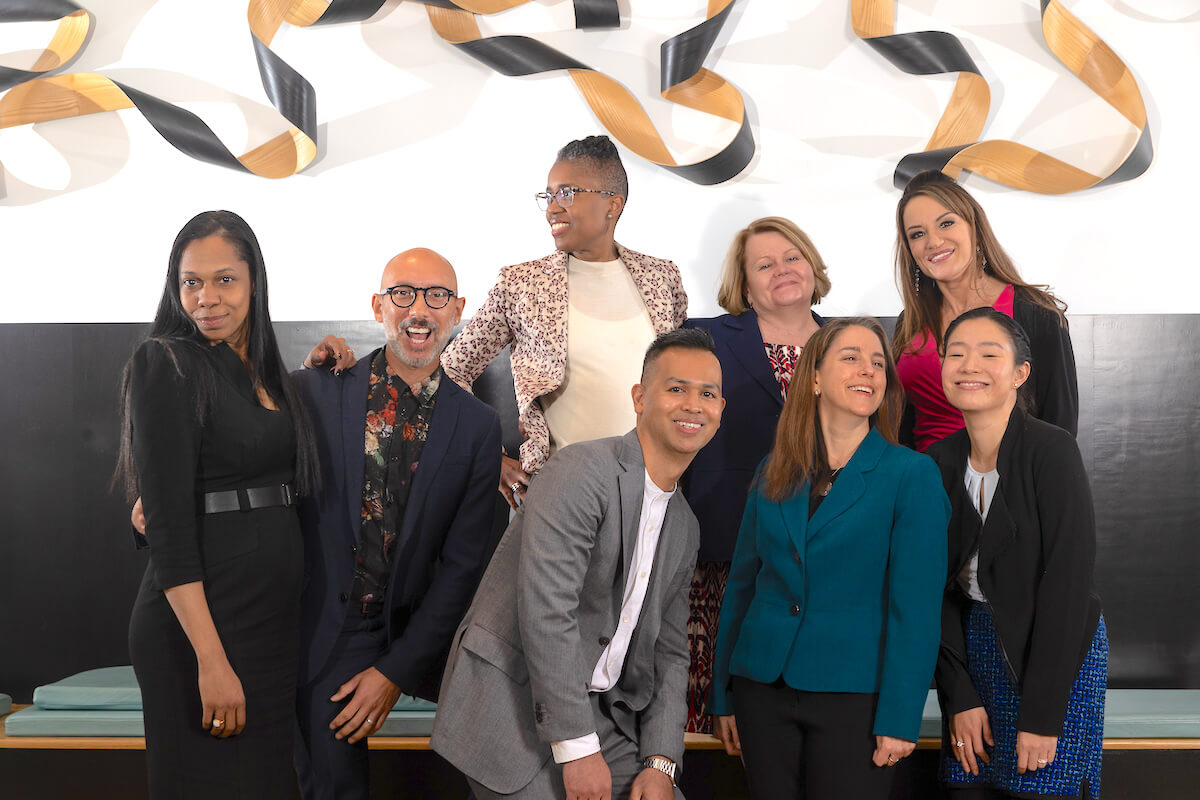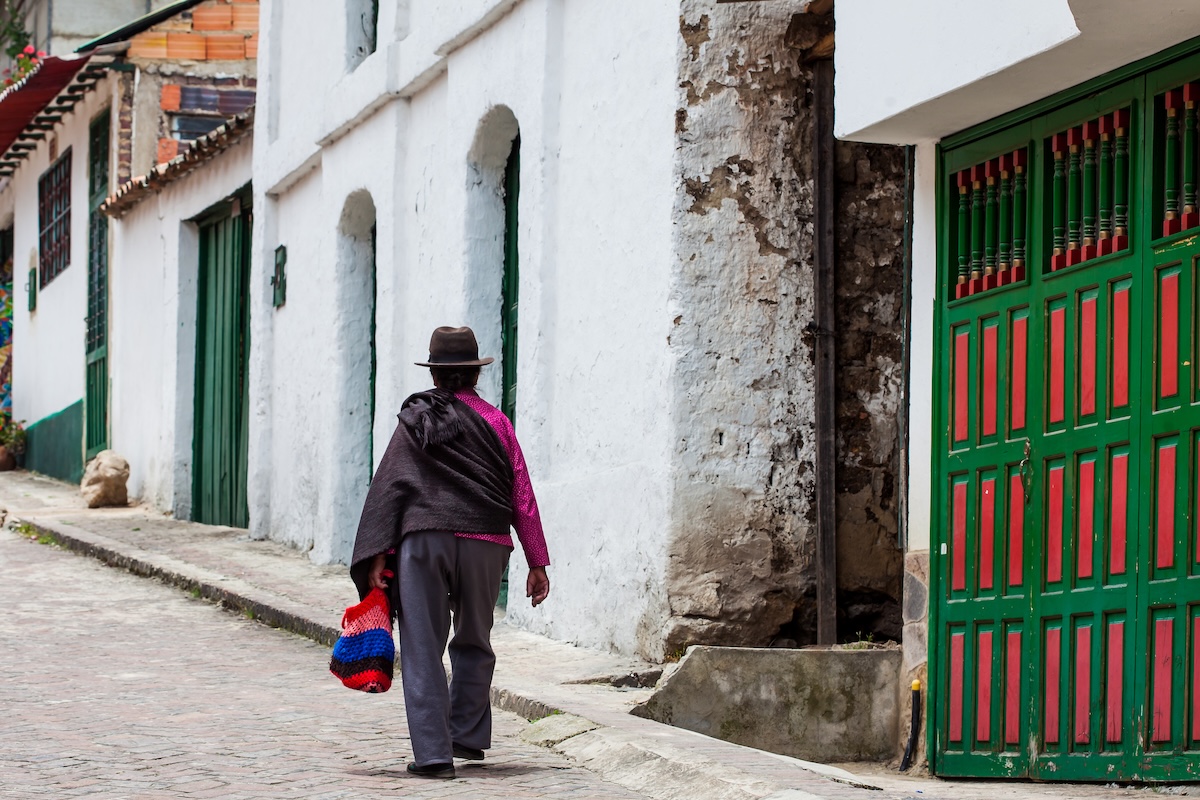Adapting to climate change, and preventing its worst impacts, is a daunting job – too big for most local governments, nonprofits, or businesses to tackle on their own. But in communities across the U.S., a diverse range of leaders are joining forces, building highly effective partnerships to fight the climate crisis.
New federal funding from the recently announced Greenhouse Gas Reduction Fund will boost these initiatives, supporting partnerships between government, private investors and community-based organizations in neighborhoods most at risk from climate change. As the Environmental Protection Agency prepares to open up competitive grant applications for the program, now is the time to forge and strengthen partnerships between government, community leaders and frontline organizations.
For the past 25 years, we have worked with community-based organizations, advocacy groups, research institutions, government leaders and private investors to help build healthy, resilient and thriving communities across the United States. To effectively confront climate change, we need holistic strategies grounded in a long-term vision of community resilience – and more spaces where investors and grassroots groups can “meet in the middle” to act on community priorities.
Through our work with the Center for Community Investment, a national organization that works with communities to strengthen their investment systems, we’ve seen the impact of this approach.
Urgent need
The need for action is clear. In the past two years alone, the United States has suffered through a record number of severe weather events that each caused $1 billion or more in damages. But these impacts are not evenly distributed. For example, extreme heat is killing more Americans than any other type of climate disaster, and disproportionately affects low-income neighborhoods and communities of color. Climate disasters also magnify the racial wealth gap, as communities of color are less likely to receive disaster relief aid and more likely to lose wealth when compared to white, affluent households and communities.
As climate-related emergencies multiply across the country, communities are grappling with the urgent need to protect people, homes, and businesses from harm. At the same time, a growing number of cities and states have enacted laws requiring significant reductions in greenhouse gas emissions over the next ten-plus years to avoid even greater harm in the decades to come.
Building long-term climate resilience requires a comprehensive, multi-sector, place-based approach. For example, a comprehensive community approach to extreme heat, one of the deadliest climate hazards, may include greening public areas, installing cooling systems in homes, and converting public facilities into resiliency hubs. This requires collaboration among agencies and stakeholders who may have little history of working together.
Fortunately, a wide range of multi-sector and community-based collaboratives have proliferated over the past decade that could help accelerate progress. Existing public/private partnerships that bring together leaders in health, housing, economic development, regional planning, and infrastructure are well-positioned to pivot or expand their work to focus on climate resilience and decarbonization. Frontline environmental and climate justice organizations, government, philanthropy, and the private sector all have roles to play.
Shared priorities
While there is no playbook for solving the climate crisis, CCI has been exploring what’s already working – and there are good examples to learn from.
In Chicago, climate justice nonprofit Elevate Energy is demonstrating the economic and health benefits of decarbonizing homes. In South Stockton, a diverse, environmentally burdened neighborhood in California’s Central Valley, the Greenlining Institute mobilized a coalition of community-based organizations to deploy funding from California’s Transformative Climate Communities program for energy and water efficiency upgrades and tree-planting projects.
In Buffalo, New York, the Sewer Authority worked with public, private, and nonprofit partners to create a water equity roadmap and issue the nation’s largest Environmental Impact Bond for green stormwater infrastructure projects that reduce flooding, create jobs and beautify neighborhoods. And in Eastern Kentucky, Invest Appalachia is providing catalytic capital for long-term flood recovery and climate resilience.
There is real urgency in organizing demand for capital to meet the needs of local communities. The Bipartisan Infrastructure Law, CHIPS and Science Act, and Inflation Reduction Act (IRA) together comprise a massive investment that is poised to inject new resources into historically disinvested communities on the front lines of the climate crisis.
Of particular note, the IRA authorized $27 billion to launch a new EPA Greenhouse Gas Reduction Fund and $22 billion in additional funding for state-level climate action. The Environmental Protection Agency, which administers the program, will award competitive grants to nonprofits with an eye towards leveraging private capital for clean energy and pollution reduction projects in low-income communities.
Just as significant, the Biden-Harris administration’s Justice40 initiative has made an explicit commitment to delivering at least 40% of the benefits of clean energy and infrastructure investments to “disadvantaged communities.” These resources are already flowing and communities that have done the work to define shared priorities and develop a pipeline of projects will be best positioned to access these funds.
The EPA is expected to release its final Notices of Funding Opportunity for the Greenhouse Gas Reduction Fund expected in the coming weeks.
The program will prioritize application submissions that demonstrate meaningful engagement with vulnerable communities. Existing networks and multi-sector collaboratives may be a solution to maximize impact to these communities. Together, we can ensure that investments in resilience and decarbonization meet the most pressing needs in our communities today and into the future.
__________________________________________________________________________
Maggie Super Church is an urban planner, designer, and innovator with more than two decades of experience leading interdisciplinary and cross-sector teams to build healthy, inclusive and thriving neighborhoods and cities. She is a consultant to the Center for Community Investment helping formulate its strategy for climate resilience and justice.
John Moon is a participant in the Center for Community Investment’s Field Catalyst program. He is SVP Sustainability Philanthropy Leader at Wells Fargo and has extensive public and private sector experience, focused on the intersection of racial equity, investments, climate, and health including work at the Federal Reserve, Living Cities, municipal government, and Fleetbank.
The views and opinions expressed are those of the authors and do not necessarily reflect the official position of Wells Fargo and the Center for Community Investment.

